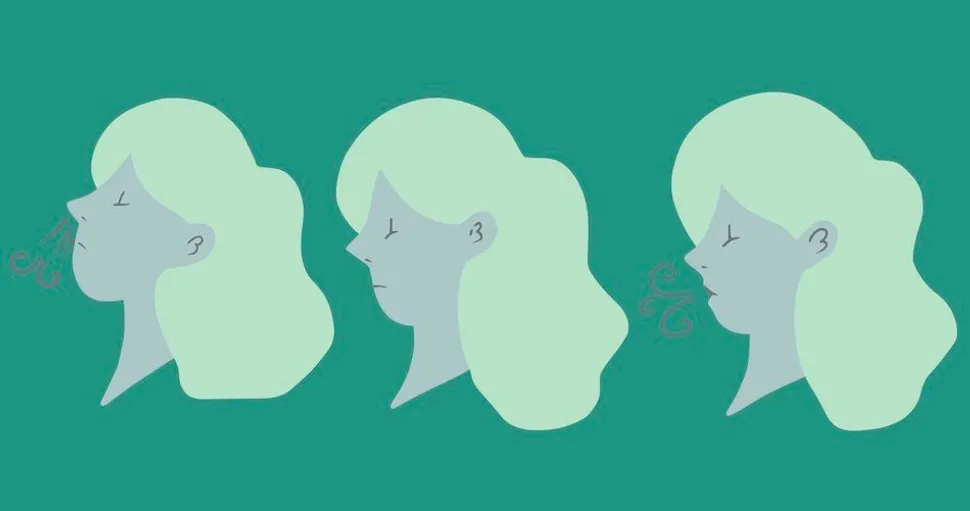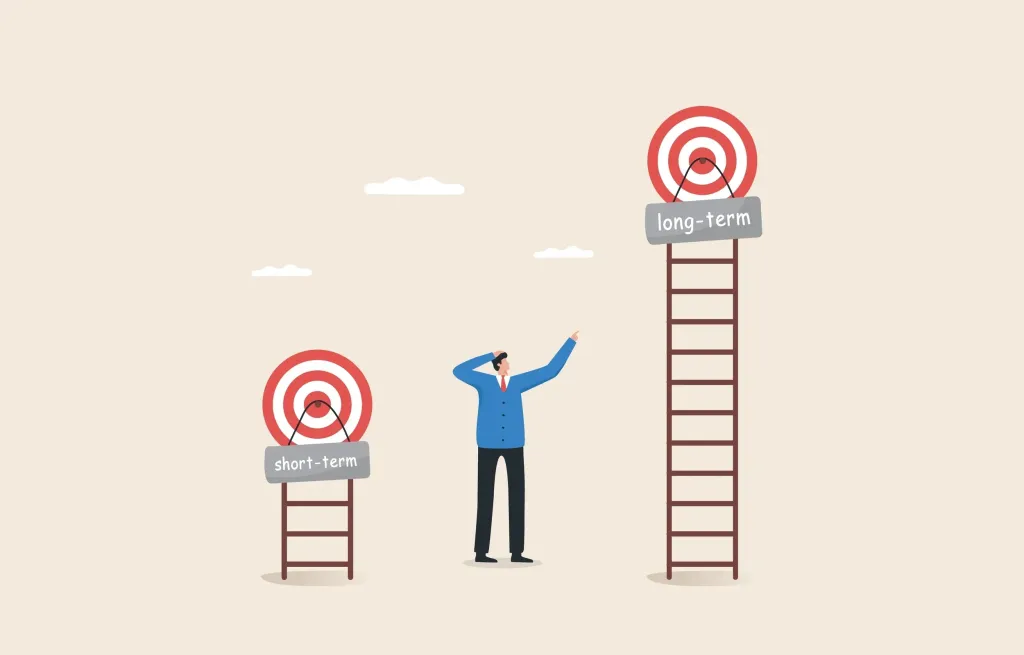MDS Patients, Try 4-7-8 Breathing to Reduce Anxiety

MDS patients may experience anxiety with an MDS diagnosis. Anxiety can present itself in forms such as frequent feelings of panic or worry, racing thoughts, muscle tension, feeling restless, and others. Heightened anxiety over long periods of time can decrease an individual's health as they are remaining in a constant state of fight-or-flight. Apart from including a mental health counselor on your care team, one side-effect-solution blood cancer patients recommended to reduce anxiety was a controlled breathing strategy called 4-7-8 breathing.
The Power of Breathing
"The primary role of breathing is to absorb oxygen and to expel carbon dioxide through the movement of the lungs. Muscles that control the movement of the lungs are the diaphragm (a sheet of muscle underneath the lungs) and the muscles between the ribs. When a person is under stress, their breathing pattern changes. Typically, an anxious person takes small, shallow breaths, using their shoulders rather than their diaphragm to move air in and out of their lungs. This style of breathing disrupts the balance of gases in the body. Shallow over-breathing, or hyperventilation, can prolong feelings of anxiety by making the physical symptoms of stress worse. Controlling your breathing can help to improve some of these symptoms" (betterhealth).
4-7-8 breathing
The 4-7-8 breathing technique activates the parasympathetic nervous system which helps create a feeling of relaxed calm. This helps reduce anxious and stressed feelings associated with the sympathetic nervous system which releases stress hormones like adrenaline and cortisol.
The steps of the 4-7-8 breathing technique are:
- Exhale all breath through the mouth
- Breathe in through the nose for 4 counts
- Hold the breath for 7 counts
- Exhale through the mouth for 8 counts
If you are unable to hold for 7 counts, no worries! Simply adjust the ratio to inhale for 2 counts, hold for 3.5 counts, and exhale for 4 counts. Repeat as needed. If you feel lightheaded after multiple repetitions, stop the exercise.
Other breathing techniques patients are welcome to try include:
- Box breathing/Square Breathing
- Breathe in for 4 counts through the nose, hold for 4, exhale through the mouth for 4, repeat as needed
- Belly Breathing/Diaphragmatic Breathing
- Focus on breathing using the diaphragm feeling the stomach rise as you inhale through the nose and exhale through the mouth
- Humming Breathing
- Breathe in through the nose for 5 seconds, with mouth closed hum until out of breath. Repeat 5-7 times
- Pursed Lips Breathing
- Breathe in through the nose, breathe out through the mouth with pursed lips longer than the inhale. Repeat 5-10 times
Blood cancer patients have contributed other side-effect solutions they have found helpful in HealthTree's Side Effect Solutions page. See them here! Feel free to add your own as well.
MDS patients may experience anxiety with an MDS diagnosis. Anxiety can present itself in forms such as frequent feelings of panic or worry, racing thoughts, muscle tension, feeling restless, and others. Heightened anxiety over long periods of time can decrease an individual's health as they are remaining in a constant state of fight-or-flight. Apart from including a mental health counselor on your care team, one side-effect-solution blood cancer patients recommended to reduce anxiety was a controlled breathing strategy called 4-7-8 breathing.
The Power of Breathing
"The primary role of breathing is to absorb oxygen and to expel carbon dioxide through the movement of the lungs. Muscles that control the movement of the lungs are the diaphragm (a sheet of muscle underneath the lungs) and the muscles between the ribs. When a person is under stress, their breathing pattern changes. Typically, an anxious person takes small, shallow breaths, using their shoulders rather than their diaphragm to move air in and out of their lungs. This style of breathing disrupts the balance of gases in the body. Shallow over-breathing, or hyperventilation, can prolong feelings of anxiety by making the physical symptoms of stress worse. Controlling your breathing can help to improve some of these symptoms" (betterhealth).
4-7-8 breathing
The 4-7-8 breathing technique activates the parasympathetic nervous system which helps create a feeling of relaxed calm. This helps reduce anxious and stressed feelings associated with the sympathetic nervous system which releases stress hormones like adrenaline and cortisol.
The steps of the 4-7-8 breathing technique are:
- Exhale all breath through the mouth
- Breathe in through the nose for 4 counts
- Hold the breath for 7 counts
- Exhale through the mouth for 8 counts
If you are unable to hold for 7 counts, no worries! Simply adjust the ratio to inhale for 2 counts, hold for 3.5 counts, and exhale for 4 counts. Repeat as needed. If you feel lightheaded after multiple repetitions, stop the exercise.
Other breathing techniques patients are welcome to try include:
- Box breathing/Square Breathing
- Breathe in for 4 counts through the nose, hold for 4, exhale through the mouth for 4, repeat as needed
- Belly Breathing/Diaphragmatic Breathing
- Focus on breathing using the diaphragm feeling the stomach rise as you inhale through the nose and exhale through the mouth
- Humming Breathing
- Breathe in through the nose for 5 seconds, with mouth closed hum until out of breath. Repeat 5-7 times
- Pursed Lips Breathing
- Breathe in through the nose, breathe out through the mouth with pursed lips longer than the inhale. Repeat 5-10 times
Blood cancer patients have contributed other side-effect solutions they have found helpful in HealthTree's Side Effect Solutions page. See them here! Feel free to add your own as well.

about the author
Megan Heaps
Megan joined HealthTree in 2022. She enjoys helping patients and their care partners understand the various aspects of the cancer. This understanding enables them to better advocate for themselves and improve their treatment outcomes.
More on Navigating Your Health
Trending Articles
Get the Latest Myelodysplastic Syndromes Updates, Delivered to You.
By subscribing to the HealthTree newsletter, you'll receive the latest research, treatment updates, and expert insights to help you navigate your health.
Together we care.
Together we cure.
3x Faster.









